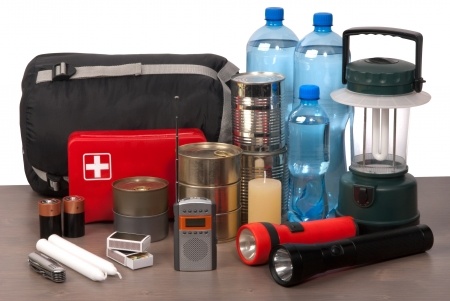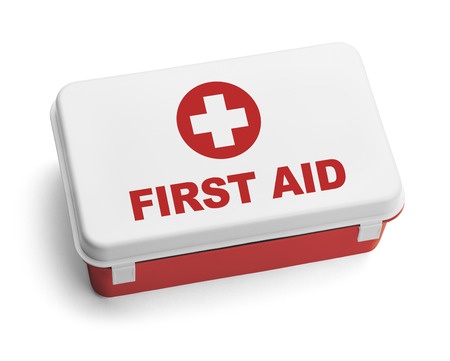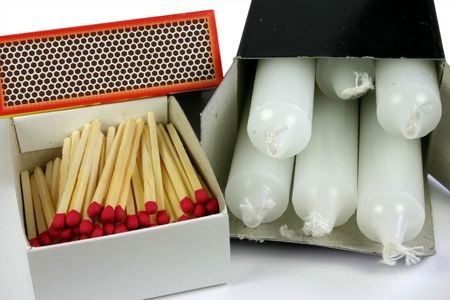- Clean Home
- Safe at Home
- Disaster Planning Tips for Families
Disaster Planning Tips For Families
Disaster planning tips for families. While they may never happen to you, fires, floods, earthquakes, tornadoes, hurricanes, and other catastrophes strike millions of households yearly.
So it is only prudent to prepare for them. Assembling an emergency preparedness kit should be a top priority. Creating your disaster preparedness kit is a straightforward and cost-effective way to ensure your family's safety.
These practical disaster planning tips for families are designed to keep you safe in the aftermath of a catastrophic event.
Disaster Planning Tips for Families
Disaster planning tips for families - creating a disaster kit. Your disaster kit should contain enough supplies to see your family through at least three days without essential services.
Start with a few basics: drinking water (about 1/2 gallon [approximately 2L] per person daily), a can opener, a gas stove, current family photos (to help find missing family members), flashlights, a radio with spare batteries, a lantern, heavy-duty work gloves, candles, and matches.
Food: Stock up on a week's worth of non-perishable, easy-to-prepare meals. Good bets include canned or powdered milk, canned goods, granola bars, and comfort foods such as candy or cookies. (You may be need a little comfort.) Avoid salty foods because you'll need to conserve your water.
First aid: You should have a first aid kit, whether it's part of your disaster kit or not. Stock it with a first aid manual, bandages, adhesive tape, scissors, thermometer, latex gloves, sunscreen, aspirin, acetaminophen, antacid, anti-diarrhea medicine, and syrup of ipecac.
Cleaning: You'll need liquid soap, toilet paper, antibacterial soap, disinfectant, bleach, garbage bags, and paper towels.
Clothing: Include at least one change of clothing for each family member, heavy-duty boots or shoes, gloves, and blankets or sleeping bags.
Extras to consider include: Flares or an alarm to summon emergency crews, a personal commode with sanitary bags, a tarp, aluminum foil, matches, a camp stove, a fire extinguisher, and books or games for the youngsters.
A crowbar and shovel are useful if you need to reach a family member trapped by fallen objects. A hammer and nails will help secure your home's doors and windows if you must evacuate.
Stash enough cash in your disaster kit to last several days, as banks and automated teller machines may be shut down.
If you have an infant, stock up on formula, diapers, and baby wipes. And if a family member requires medication, make sure you have a current supply on hand. Don't forget food, water, and a leash or cage for each pet.
Storing Disaster Supplies
Getting your disaster supplies together before a disaster strikes will make survival easier for you and your family.
Store these supplies in a duffel bag or backpack that you can easily carry should you have to evacuate quickly.
Keep all items that don't fit in the bag, such as water containers, that are easily accessible quickly.
To the top of your disaster kit, tape a "Don't Forget" list of last-minute items to take; such things might include an extra pair of glasses or contact lenses, your address book, important family documents, and keepsakes.
Keep the following documents in a waterproof, portable container: wills, insurance policies, contracts, deeds, stocks and bonds certificates, passports, social security cards, immunization records, bank account numbers, credit card numbers, and company contact information. That way, they'll be ready to go - safely - with you.
Disaster planning is a plan for the worst-case scenario. In the best-case scenario, all your disaster planning efforts will have been a complete waste of time. Oh darn, we never had a disaster! Who could complain about that?
- Clean Home
- Safe at Home
- Disaster Planning Tips for Families























